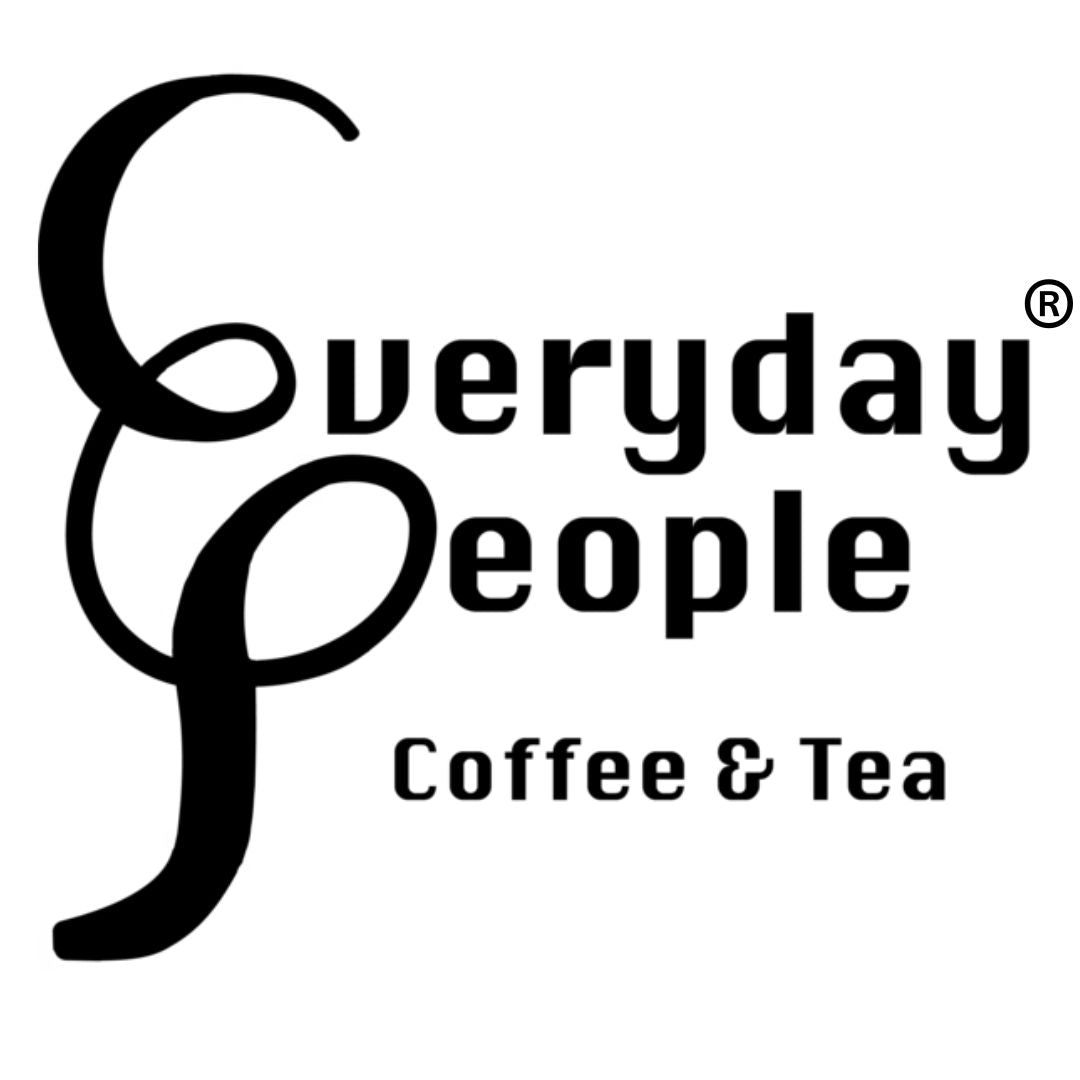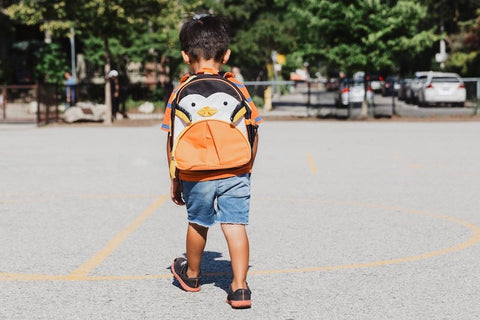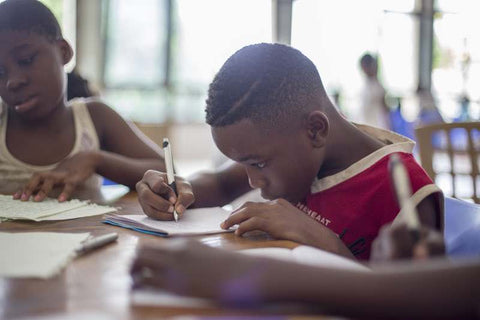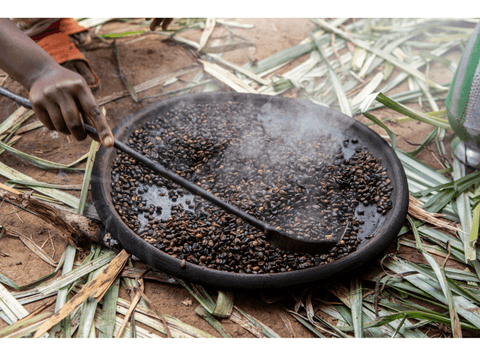Covid-19 has taken the world by storm. With 42,6 million cases and 1,2 Million deaths worldwide, we can see that Covid has devastated many families. Not only have people lost loved ones to this heinous virus, but people have lost businesses, homes, food, money, education, and even their mental health.
Covid-19 has no bias. It affects the wealthy, the poor, young, and old, and people of every race. But those who are particularly affected by this horrible illness are at-risk youths.
How does Covid affect these children? And is there anything that we can do to help?
What does at-risk mean exactly?
For us to understand how covid affects children, we need to know what “at-risk” youth means. Children who are at risk means that they are less likely to transition successfully into adulthood. This could be by not being able to keep a sustainable job or provide for their families. Children might not be able to become positive members of society, by becoming involved in a life of crime.
How do we identify at-risk youth? According to Study.com, there are a few factors that affect whether children are at risk. Below we will mention them.
*Poverty
A major predictor for at-risk youths is poverty. At this point in time, there are approximately 150 million children living in multidimensional poverty. According to the World Bank, 385 million children are living in poverty globally. 3,1 million children die every year due to malnutrition.
This is a shocking 8,500 children per day. And 80% of the world’s population lives on less than $10 a day.
America is no exception. Did you know that 15 million children in the USA live in families whose income is below the federal poverty line? That’s 21% of American families.
Children who come from low-income families are more likely to drop out of school, to care for their families.
*Juvenile Delinquency
Juvenile delinquency is a major sign of a youth who is at risk. The National Conference of State Legislators has shown four risk factors that increase the likelihood that a youth will engage in delinquent behaviors, these factors are:
1). School and community
2). Family
3). Individual risk factors
4). Peer group Risk Factors
When 1 or more of these risk factors are involved the likelihood of juvenile delinquency increases greatly. 20% of children who come from low-income households are also more likely to have committed a crime by the age of 24.
.
*Dropping out of school
When children are considered to be at risk, many of them dropout of high school. This could be for a number of reasons; poverty, teen pregnancies, and children who run away from abusive families
How does Covid affect at-risk youth?
So now that we know what at-risk means, how does covid affect these children in particular?
*Lack of basic human needs
Well, you can only imagine. When children are at risk, they are deprived of everyday necessities and basic human rights that we take for granted. This includes things such as good health care, food, water, hygiene/sanitation, clothing, education, and safe housing.
For example, in South Africa, because so many parents lost their jobs due to lock down, parents had no money to buy food for their families. Children would eat whatever they could find in the fields including plants and grass. This is shocking and a harsh reality for many children living in poverty in South Africa.
UNICEF found that out of 70 countries, 45% of children were deprived of at least one of these basic human needs before covid! The estimated impact of Covid-19 on at-risk youths is 56%. So 56% of children will be severely deprived of at least one of these basic human needs due to Coronavirus.
*Lack of education
Devastatingly, many children will also have no access to education. In many instances, schooling went online. Up to 1,6 Billion children and young people have been affected by school closures. Many children do not have internet access at home, meaning that many had no means of receiving an education this year. Sadly, many children receive healthy meals at school. This might be the only meal that they will eat the entire day due to poverty. So with schools being closed, it means millions of children have been deprived of food. Which brings us to our next effect of Covid-19.
*Increased malnourishment
Efforts to contain the pandemic is leading to a disruption in food distribution worldwide, devastating livelihoods, and threatening food security. As many as 132 million people will go hungry this year, and of that 36 million children. As mentioned above many children receive healthy meals at school, and an estimated 370 million children might miss out on these meals due to measures out in place to contain the virus.
*Lack of health and safety
Many poorer families can’t afford things like health insurance, when sent to government clinics in poorer countries, they might not receive the best health care. According to one study done at John Hopkins 1,2 million children and 56, 000 mothers, could die because of a lack of basic health services. This includes access to life-saving vaccinations, that many children could not receive because of Covid-19 restrictions.
What about children who have Covid-19? In some cases due to poor health care and lack of resources, these children could die. In poorer countries where HIV affects millions, Covid-19 could wipe out many whose immune systems have been compromised.
When it comes to safety, think about children who come from abusive households. When lockdown happened, how many children couldn’t get away from the abuse because they needed to stay at home? Thus increasing the risk of seeing violence and abuse. Counties are worried that child labor will also increase due to poverty.



